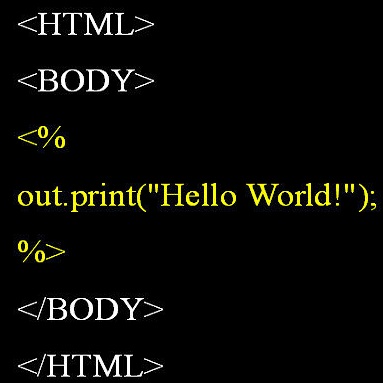Avoiding congestion and controlling traffic in urban scenarios is becoming nowadays of paramount importance due to the rapid growth of our cities' population and vehicles. The effective control of urban traffic as a means to mitigate congestion can be beneficial in an economic, environmental and health way. In this paper, a framework which allows to efficiently simulate and optimize traffic flow in a large roads' network with hundreds of vehicles is presented. The framework leverages on an Answer Set Programming (ASP) encoding to formally describe the movements of vehicles inside a network. Taking advantage of the ability to specify optimization constraints in ASP and the off-the-shelf solver Clingo, it is then possible to optimize the routes of vehicles inside the network to reduce a range of relevant metrics (e.g., travel times or emissions). Finally, an analysis on real-world traffic data is performed, utilizing the state-of-the-art Urban Mobility Simulator (SUMO) to keep track of the state of the network, test the correctness of the solution and to prove the efficiency and capabilities of the presented solution.
翻译:由于城市人口和车辆的迅速增长,避免城市交通拥挤和交通控制正在变得极其重要。有效控制城市交通作为缓解交通拥挤的一种手段,从经济、环境和健康方面来说,可能是有益的。本文件介绍了一个框架,以便能够在拥有数百辆车辆的大公路网中有效地模拟和优化交通流量。框架利用一个“答案集”编程编码正式描述车辆在网络内的流动情况。利用一个能力,具体说明ASP和现成的Clingo的优化限制,从而有可能优化网络内车辆的路线,以减少一系列相关的计量(如旅行时间或排放)。最后,对真实世界交通数据进行了分析,利用最新城市流动模拟器跟踪网络的状况,测试解决方案的正确性,并证明所提出的解决方案的效率和能力。



